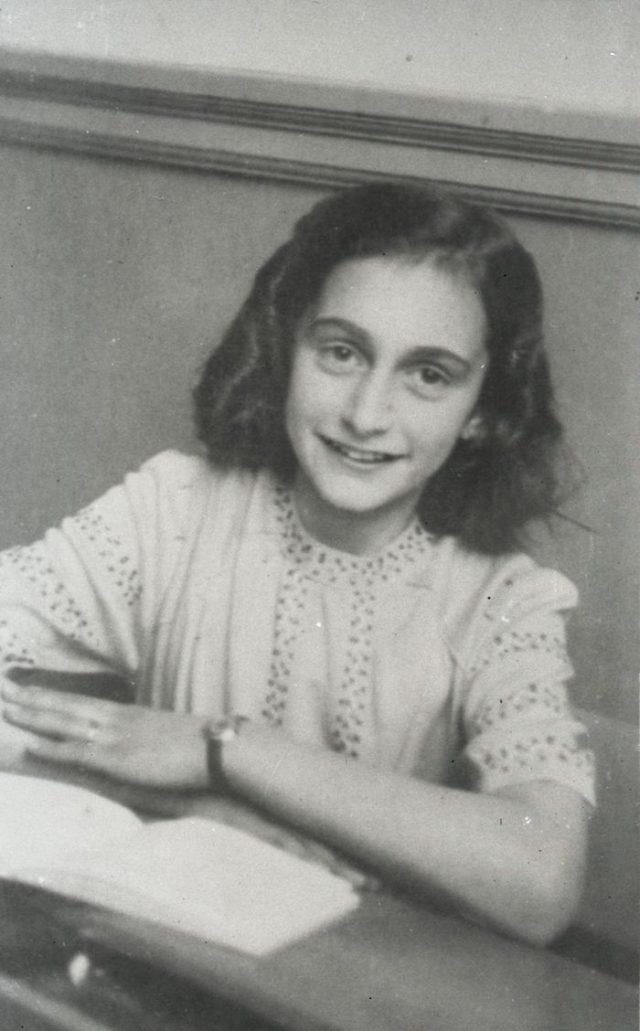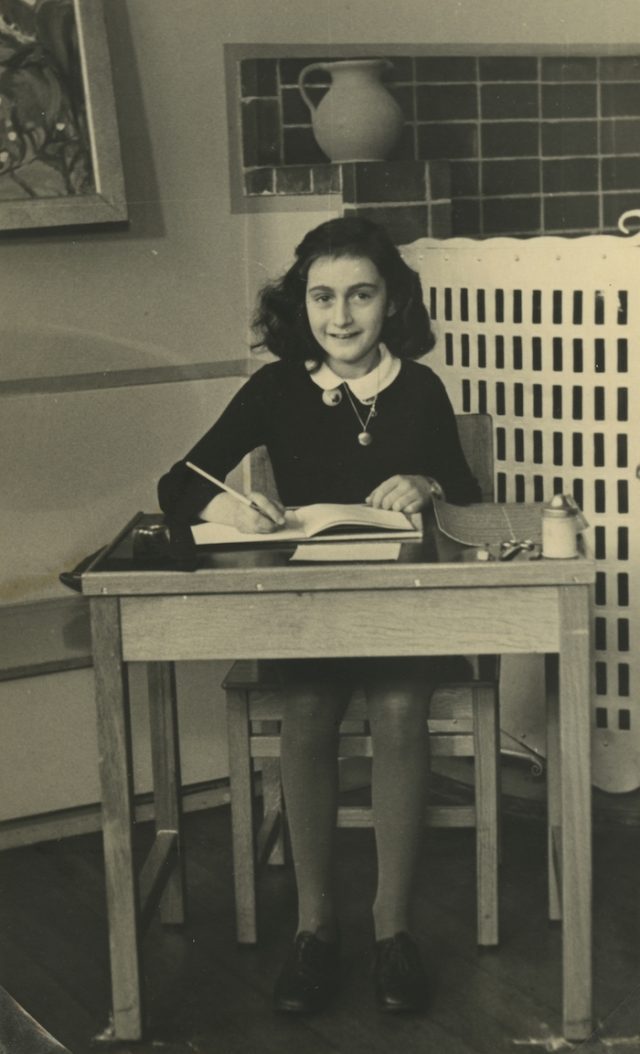Anne Frank: Let Me Be Myself, 25 April to 29 May 2018

Photo collection of the Anne Frank Stichting (Amsterdam)
25 April to 29 May 2018
In 2015, the Anne Frank House introduced a new generation of travelling exhibitions: Let Me Be Myself – The Life Story of Anne Frank. Apart from the story of Anne Frank and the historical context of her time, it specifcally highlights the contemporary relevance of the story of Anne Frank.
‘Let me be myself and then I am satisfied,’ Anne Frank wrote in her diary on 11 April 1944. By that time, she had been in hiding in Amsterdam for almost two years. The Second World War was raging and the Netherlands had been occupied by Germany since May 1940. In order to escape persecution by the Nazis, Anne, her sister, and her parents had gone into hiding in the Secret Annex, an unused part of her father’s business premises.
In the Secret Annex, Anne dreamed of becoming a writer and journalist after the war. She spent a lot of time thinking about the war and the world around her. On 15 July 1944, Anne wrote in her diary: ‘It’s difficult in times like these: ideals, dreams and cherished hopes rise within us, only to be crushed by grim reality.’
Let Me Be Myself contains eight historical modules. The structure and design of this part of the exhibition enables visitors to identify with the personal story of Anne Frank. Large-size pictures show Anne’s happy early childhood in Frankfurt, followed by the immigration to Amsterdam, up to the time in hiding. In a consequent manner, the exhibition connects the personal story of the Frank family with the important historical events of that time: the rise of the national socialists, the isolation and discrimination of the Jewish population, eventually escalating in the Holocaust.
The first part of Let me be myself: The life story of Anne Frank, focuses on the story of Anne Frank. Large pictures are used to give an impression of her life, from her birth in Frankfurt in 1929 to her death in Bergen-Belsen in 1945. The exhibition panels also highlight the publication of the diary and how people were inspired by it. The personal story of Anne Frank is complemented by photographs and texts about the time in which she lived: the rise of the national socialists, the persecution of the Jews and the Second World War. The historical part is presented in a chronological order, which enables the visitors to easily connect the developments in Nazi Germany with the life of the Frank family.
The second part of the exhibition centres around contemporary subjects. Five colourful modules contemporise the story of Anne Frank, showing how it is still relevant in today’s society. With discrimination still taking place on a daily basis all over the world, the youngsters who are shown in the exhibition speak about themselves and how they deal with today’s prejudices and discrimination.

Photo collection of the Anne Frank Stichting (Amsterdam)